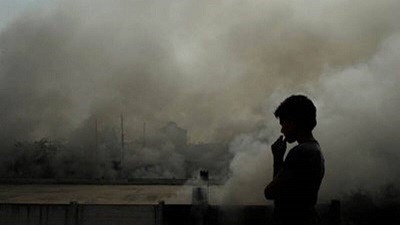Category : Air Pollution | Location : Punjab | Posted on 2021-08-02 00:55:08

Chandigarh: The ministry of health and family welfare has accepted the “National health adaptation plan on air pollution,” prepared for states/UTs by PGI, which was recently recognised as the centre of excellence on air pollution related illnesses. The plan envisages identification of vulnerable areas (using AQI) and vulnerable population, besides preparing a disease calendar.
Union minister of health and family welfare, Mansukh Mandaviya and Dr Bharati Pawar, minister of state, unveiled the ‘National health adaptation plans on air pollution” along with infographics on air pollution and health during the 112thannual day celebrations of the National Centre for Disease Control.
The Health Adaptation Plan on Air Pollution and infographics were developed under the “National programme on climate change and human health.” Institutions which played a key role in development of the plan and infographics include the department of community medicine and school of public Health, PGIMER; department of environment studies, Panjab University, Chandigarh; AIIMS, New Delhi and V P Patel Chest, New Delhi along with the Centre of environmental and occupational health, climate change and health at NCDC, New Delhi.
Expressing his appreciation, Mandaviya said in his message, that the documents focus on addressing health issues due to air pollution-related illnesses, including cardiopulmonary and allergic health problems. He mentioned that these documents would help and guide states/UTs on how the health sector could coordinate with non-health sectors while addressing challenging health problems arising due to exposure to air pollution and at different levels of air quality index (AQI).